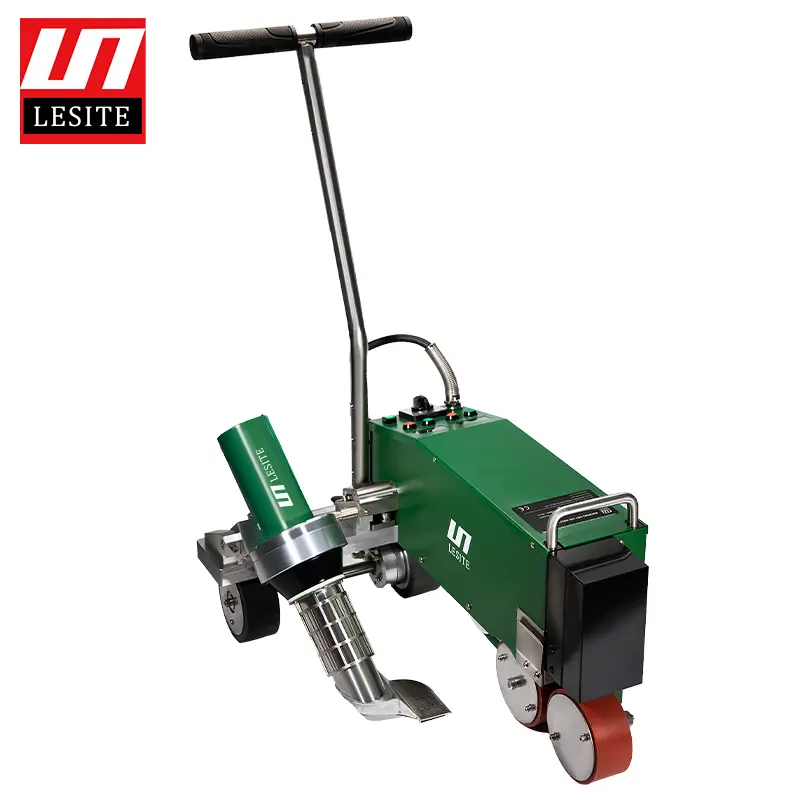Hot welding, also known as hot gas welding or hot air welding, offers several advantages, including:
Strong and durable welds: Hot welding creates a strong bond between thermoplastic materials, resulting in a durable and long-lasting joint.
Versatility: It can be used to weld a wide range of thermoplastic materials, including PVC, polypropylene, and polyethylene.
Precise control: The temperature, airflow, and speed of the hot air gun can be adjusted to achieve precise and consistent welds.
Clean and efficient: Hot welding produces minimal waste and does not require additional materials such as adhesives or solvents.
Cost-effective: It can be a cost-effective welding method, as it does not require consumable materials and can be used for both small and large-scale welding projects.
No external contaminants: Hot welding does not introduce external contaminants, as the welding process relies solely on heat to create the bond.
Hot welding offers a reliable and versatile method for joining thermoplastic materials, making it a popular choice in various industries such as construction, automotive, and manufacturing.
Do hot air welders use a filler rod?
Yes, hot air welders can use a filler rod in certain applications. When welding thermoplastic materials using a hot air welder, a filler rod can be used to reinforce and strengthen the weld joint. The filler rod, typically made of the same or a compatible thermoplastic material, is introduced into the heated weld area and fused with the base materials to create a stronger bond.The use of a filler rod can be particularly beneficial when welding thicker components or when additional material is needed to fill gaps or create a more substantial weld. It can also be used to provide added strength and improve the overall integrity of the weld joint.It’s important to note that not all hot air welding applications require the use of a filler rod, and the decision.
A typical Leister hot air gun can reach temperatures of 750 to 1,100 degrees Fahrenheit (400 to 600 degrees Celsius), depending on the model and application. These temperatures make Leister guns suitable for various industrial and commercial uses, such as plastic welding, shrinking, and drying.
Post time: Dec-20-2023

